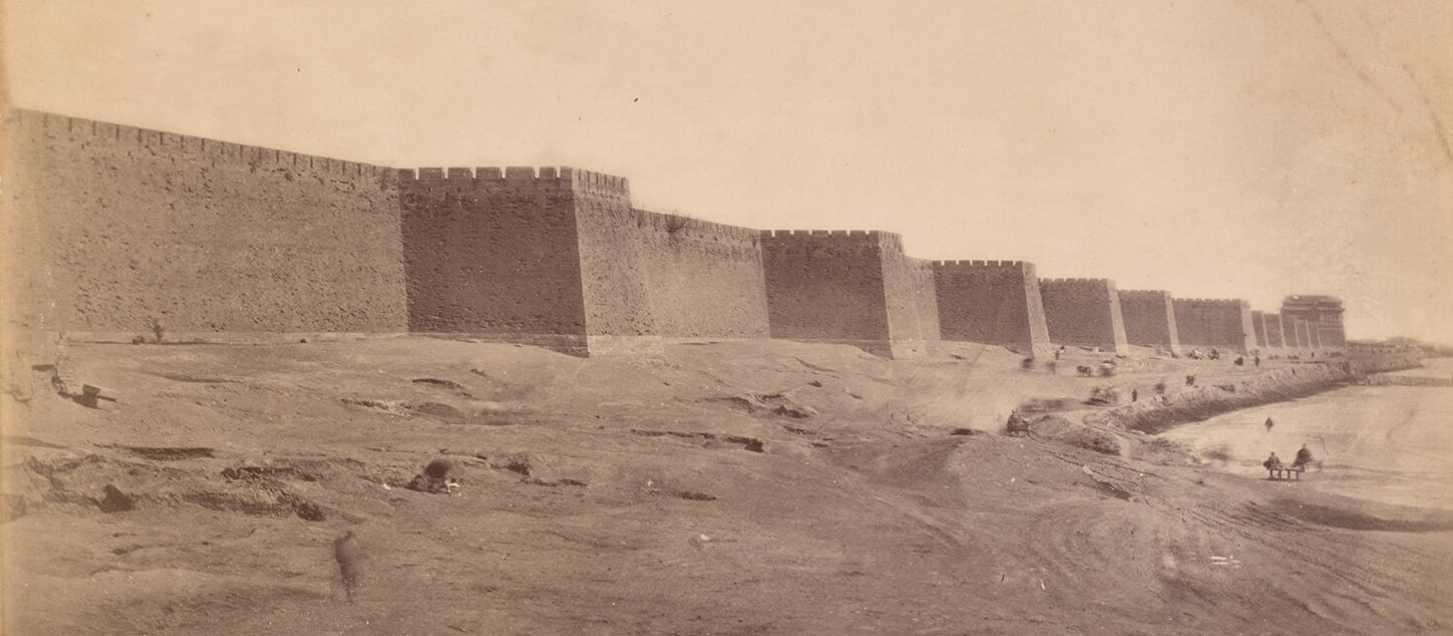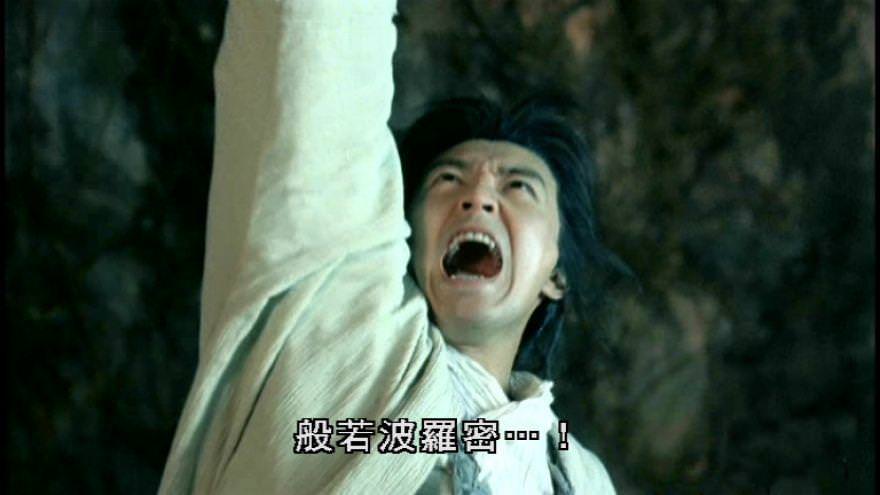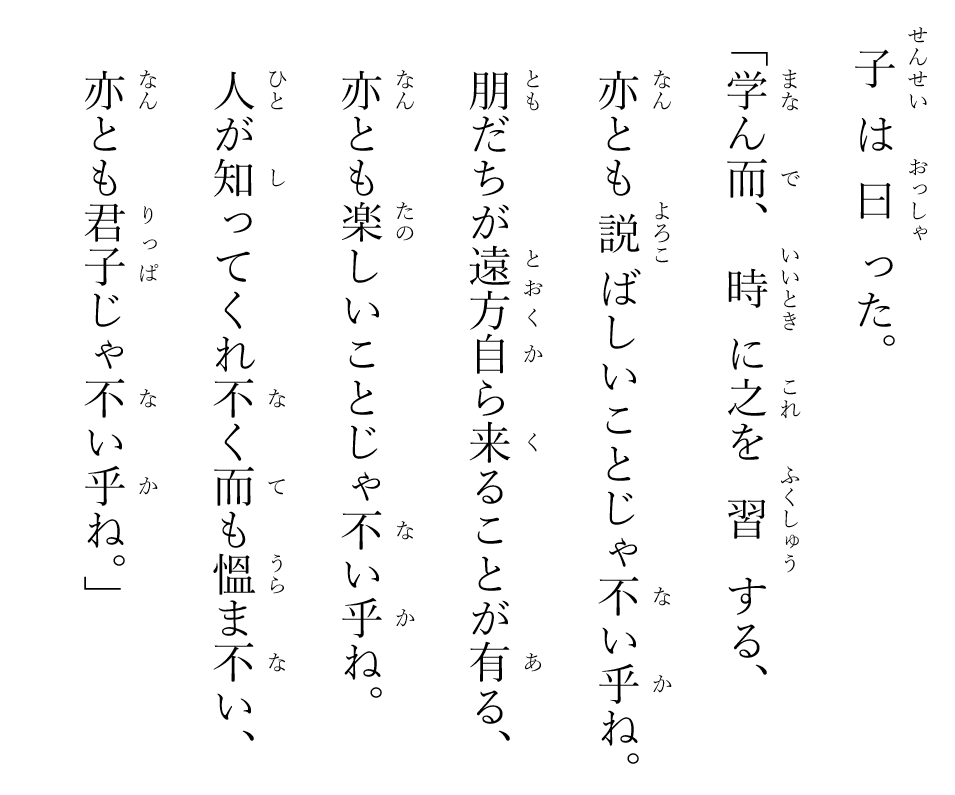Tambak-Gombak transition
Sungai Tmbk in the Sultan's letter (1876)
Approximately 3 years after Kuala Lumpur was liberated by Tunku Kudin and Pahang army, a peculiar place name was mentioned, not once, but twice, by Sultan Abd al-Samad in a letter written on 20 Rabi al-Awal 1293 (14 April 1876).
The name of the place was ‘Sungai Tmbk':
. . . memberitahu kepada sekalian orang-orang di dalam Sungai Tmbk serta sekalian daerahnya sebelah barat dan sebelah timur daripada Sungai Tmbk itu, Melayu dan Cina, jikalau orang itu dapat sesuatu pergaduhan dan kesusahan, maka boleh bilang kepada mata-mata di situ . . .
First, the people living along Sungai Tmbk was referenced. Then, Malay and Chinese people living in the greater Tmbk regions were called out and the areas were to referred to as western Tmbk region (sebelah barat) and eastern Tmbk region (sebelah timur).
It appears to me that the Sultan was using the river either as the center of administrative gravity or a convenient dividing line for the specific locale governed by the mata-mata.
Sensing that Sutan Puasa was planning a revolt, H. C. Syers and his Selangor police force (assisted by 500 miners supplied by Yap Ah Loy) launched a blitz attack and captured all three of Sutan Puasa's stockades in Kajang in October 1875. Sutan Puasa was arrested and sentenced to a 3-year term of imprisonment, but he was in jail for only \(\frac{3}{4}\)-year.
His early release was primarily because of a sum of bond money (5,000 Spanish dollars) paid by a Ulu Langat towkay, and secondarily because of his good behavior while in jail.under bail and he was to be sent to a yet-to-be-determined place in Selangor. In the reply dated 2 September 1876, Swettenham suggested to have Sutan Puasa sent to Sepang, as it was the proposal by Raja Mahmud since Sutan Puasa was trusted by the Chinese community and he can help to open and govern that district. Now, the Sultan's letter shows that the ‘yet-to-be-determined' place was a locale close to or around Gombak and it suggests that Douglas did not personally handle the logistics of Sutan Puasa after he was released from jail. Abdur-Razzaq Lubis (2018) was of the opinion that the letter was received by Sutan Puasa when he was still in jail (see p. 488 and also Box 13 in p. 489) since the Sultan's letter predates his early jail release by about 4 months. Note that the Sultan's letter was not addressed directly to Sutan Puasa, it is likely that Sutan Puasa got a copy of the document when he was later sent to occupy Gombak.
The letter we have in Arkib Negara is a hand-written copy of the original, and copyist was able to produce the t-m ligature (تم) correctly in both occurrences, so it is unlikely that a mistake was made here.
With the consonant-structure locked, we must now breathe in vowels to finalize the sound of the word. And there are at least seven different ways to do this and the most probable solution is to fill ‘a' in both places.
tembak
tembok
timbok
Note that ‘tombak' is a legit word for denoting a heavy lance or spear; a pike; as a measure of length, the equivalent of two depa. tombak
tumbok
The Sultan's Sungai Tmbk is likely to be Sungai Tambak when spelt in full.
Tambak in built environment
‘Tambak' is a Javanese loanword and it is originally used to denote raised walls in built environment. In Zoetmulder (1981), we have:
tambak saya (of warriors) defence, rampart (against the enemy) e.g. bala pinariksâti-ati tambak sayeṅ ajurit. (m)atambak with a wall, etc, or to stand like a wall or dam, tightly packed (along the way), blocking (the way), e.g. mawāṇḍira matambak arja pataninya; ṅel niṅ atambakâlah alajĕr lĕṅĕn apuli-pulih.
In Malay, tambak is closely related to its Javanese cousin but its military dimension is no longer emphasized. The definition given by Wilkinson (1901) is given as follows:
تمبق Tambak Reclamation (of land) by filling or banking; leveling land by filling up hollows with earth brought from without. Gunong mas tambak permata: a mountain of gold banked up with gems. Jalan tambak: a made road; a raised causeway running through padi fields. Menambak: to reclaim low-lying land by filling it up.
In modern Javanese, its original meaning is again de-emphasized and it is nowadays synonymous with water ponds. For example, see (a) a pond near the shore where certain sea fish are bred, or (b) a dyke, dam, bank.Definition (a) in Robson (2002).
In a newspaper clip dated 16 November 1872, we were told that a fort once stood with pride in Ulu Klang. It is therefore fitting to name the river after the man-made structure which once commanded a view over the Klang Gates and the Bentong-Raub suture line: Sungai Tambak.
Another related photograph featuring Tunku Kudin, Syed Zain, Raja Ismail, and Captain Powlett of Avon can be found here.Syed Zain (standing next to Tunku Kudin) and Tunku Kudin (seated right). The white man behind Tunku Kudin was James Guthrie Davidson, a Singapore lawyer and the founder of the Malayan Tin Mining Company. The photograph was taken on The steamship Pluto carried James W. W. Birch and left Singapore on 29 March 1874, Pluto was back in Singapore on 15 April 1874.
The group photos (I and II) were taken by J. E. Taylor on 3 April 1874 since Swentenham recorded in his journal that he met Birch, Tunku Kudin and Davidson on midnight of 10 April 1874, in Pulau Pangkor.3 April 1874 at Tunku Kudin's fort, approximately 1.6 years before the murder of Mr. Birch in Pasir Salak. When this photo was taken, Birch's appointment in Perak was yet to be decided although news were circulating that he was to become the first Resident of Perak. Davidson was first Resident of Selangor (r. January 1875 - April 1876) but after his friend was killed in Perak, Davidson was brought to Perak to take over Birch's position. Of the mata-mata, Syed Zain gave us the following description (p. 25): . . . were composed of southern Indians, Bengalis, peranakan, and Malays . . . some where thin and sickly, and they came in all shapes and sizes . . . they were all shabby and dirty; some wore trousers, some sarongs, some wore jackets, others did not. But Syed Zain was able to get his mata-mata to wear the uniforms he ordered for them, as seen in this photo. The big white bandage on mata-mata E is clearly visible, and we were told by Birch that he was wounded lately.
Orthographic corruption of tambak
By now, it is obvious to me that the Sultan's Sungai Tambak is actually our Sungai Gombak for it is only natural to assume that the 72-year-old is intimately acquainted with all the rivers he oversees, and the Klang tributaries in Irving's map (1872) might be named differently had C. J. Irving consulted the Sultan. This section is written specifically for those who still harbor doubts.
Tmbk and gmbk are orthographically very similar, and there is no way to guarantee avoidance of confusion beteween them when the context of the handwritten words is not clear. And this is especially so if you consider the fact that Malay toponyms are latinized by the uninitiated.
The aforementioned orthographic corruption was further complicated by inaccurate transcription of spoken words. We possess many text fragments in the English media that show that the word Gombak only became stable towards the latter part of the 19th century. Before that the place name was seen Other similar transcription inaccuracies are (a) datok/datoh, (b) setapak/setapah, etc.
The placename Setapak is possibly another auditory corruption of Si-Tambak (ستمبق).
Similar k/h-ending inconsistency can be found in old maps and documents in which the name Setapah was used interchangeably with Setapak. For instance, H. W. Firmstone (1905) spelt Setapak with soft h-ending (Chinese place name: Man-lung-kong 文龍港) but he spelt Gombak with its modern spelling with k-ending.
In a Arkib Negara document 1957/0007165W (dated 15 February 1887), the Setapak was written as ستافک (stapk). Similar spelling was used when Setapak village chief Datok Sati (d. 11 February 1889) wrote to J. P. Rodger on 18 March 1886 to ask for a permission to erect a mosque.
The first written reference to Setapak can be found in Arkib Negara document 1957/0002580W (dated 19 October 1883) but the name was invoked as Sungai Setapak.oscillating between gombah and gombak.
| Date | Source | Text sample |
|---|---|---|
| 18 Feb 1890 | Straits Times Weekly Issue, p. 14 | . . . contracts for the river Klang retaining wall and the new Printing Office have been let to Messrs. Gordon & Co., and the same firm has secured the building of the wrought iron bridge carrying the Circular Road over the Gombah . . . |
| Dec 1891 | The thermal springs of Selangor and Malacca by W. Bott, in JSBRAS 24, p. 47. | . . . Gombak Spring. Temperature, . . . 50 - 54° Centigrade (122 - 129° Fahrenheit). Total solids dissolved in the water, 21.333 grains per gallon . . . |
| 18 Jun 1891 | Pinang Gazette and Straits Chronicle, p. 3 | . . . among the Selangor springs Ulu Klang ranks first as possessing the highest temperature and containing most hydrogen sulphide. The remainder may be placed in order of merit thus: Setapak, Dusun Tua, Semenyih, Gombak. Ulu Selangor would probably be the last in the list . . . |
| 12 Jul 1892 | Daily Advertiser, p. 3 | . . . the tender of Messrs. Riley, Hargreaves and Co. for fixing up railings near the Gombak Bridge was accepted . . . |
| 26 Dec 1893 | Straits Times Weekly Issue, p. 7 | . . . the Post and Telegraph Offices and Sanitary Board which are at present separate building will be included, the former connected by telephone with the existing offices. The new building will present facades to Gombah Road, Holland Road and Clark Street . . . |
| 3 Feb 1894 | The Straits Times, p. 3 | . . . another road made by the same contractor will be completed a fortnight hence. This one branches off from the Pahang road at the third mile and runs through the Gombak valley . . . |
| 9 Oct 1894 | The Singapore Free Press and Mercantile Advertiser (Weekly), p. 14 | . . . standing at the junction of Gombah Road and Clark Street, the new building will extend right along the south-eastern side of the Plain . . . |















Comments